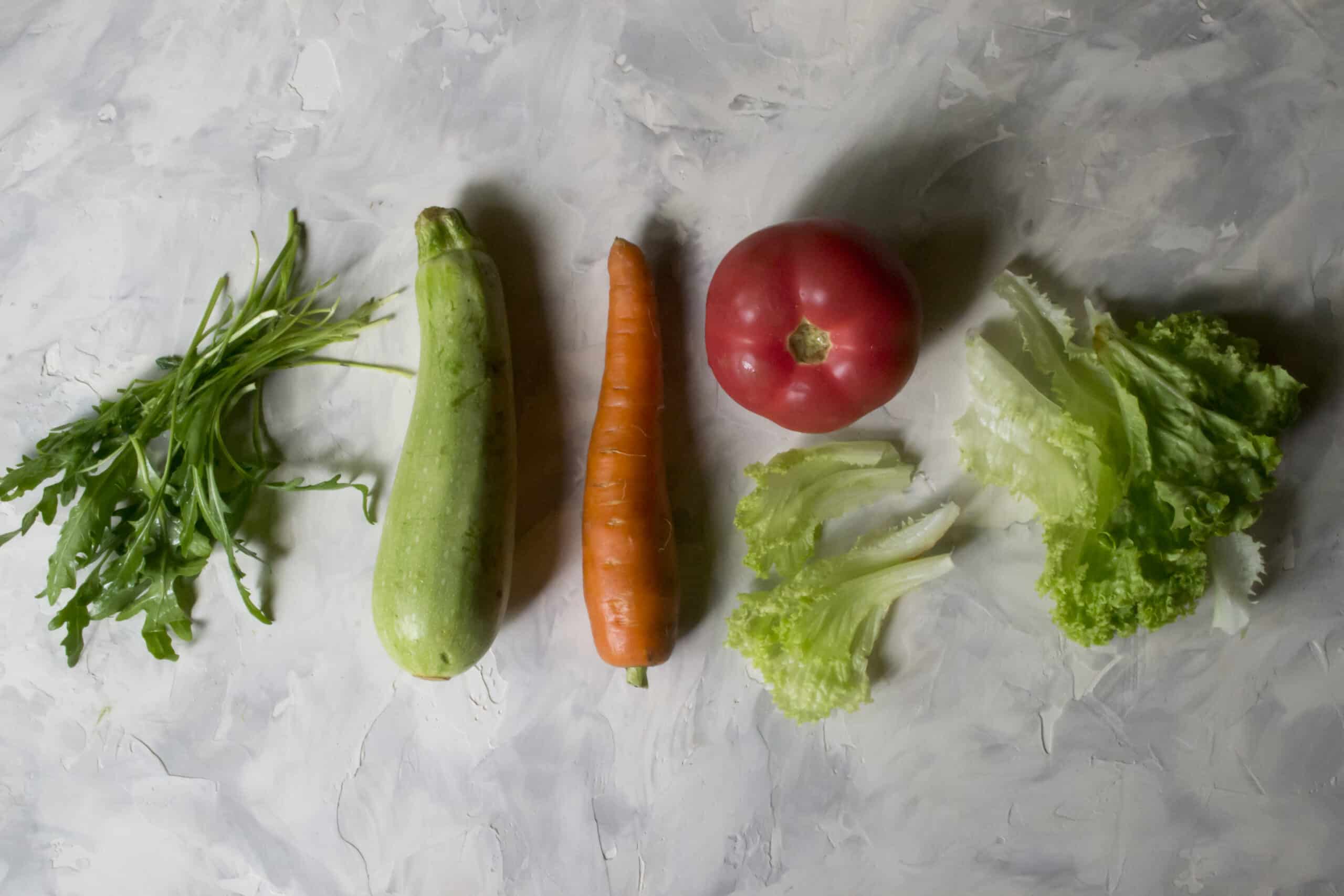What 3 Vegetables Grow Well Together?
Key Takeaways
- The combination of corn, beans, and squash, known as the “Three Sisters,” is a beneficial trio of vegetables that provide support, nitrogen fixation, and shade, resulting in a productive and balanced garden bed.
- Basil and tomatoes are an excellent pairing as basil acts as a natural pest repellent and attracts beneficial insects, while tomatoes provide shade and support.
- Marigolds are valuable companion plants as they repel pests and attract beneficial insects, creating a natural pest management system that supports a healthy garden ecosystem.
Companion planting is an age-old gardening technique that involves growing different plants together for mutual benefit. It can improve soil fertility, deter pests, attract beneficial insects, and provide support or shade for certain crops. Many gardeners are interested in finding the best combinations of vegetables that grow well together. In this article, we will explore the different vegetables that thrive when planted together and discuss their benefits.
The Three Sisters: Corn, Beans, and Squash
One of the most famous examples of companion planting is the combination of corn, beans, and squash, known as the “Three Sisters.” Native American tribes practiced this planting technique for centuries, and it continues to be popular today.
Corn serves as a natural trellis for climbing beans, providing support for their growth. The beans, in turn, fix nitrogen in the soil, benefiting both the corn and the squash. The large leaves of the squash create shade, helping to suppress weeds and conserve moisture in the soil.
This trio of vegetables is not only beneficial for each other but also promotes a balanced ecosystem. The corn provides a vertical element, the beans fix nitrogen, and the squash acts as ground cover, creating a harmonious and productive garden bed.
Basil and Tomatoes
Basil and tomatoes are a classic combination in the garden. Not only do they complement each other in flavor, but they also work well together when planted side by side.
Basil has a strong scent that repels pests like aphids, mosquitoes, and flies. When planted near tomatoes, it acts as a natural insect repellent, protecting the tomato plants from potential damage. Additionally, basil attracts beneficial insects like bees, which aid in pollination.
Tomatoes, on the other hand, provide shade for the basil plants, helping to keep the soil cool and prevent moisture loss. They also have a high water requirement, which benefits the basil plants growing nearby.
Marigolds and Vegetables
Marigolds are often used as companion plants in vegetable gardens due to their pest-repellent properties. Their strong scent deters pests like nematodes, aphids, and whiteflies, reducing the risk of infestation on nearby vegetables.
Marigolds also attract beneficial insects such as ladybugs and hoverflies, which feed on common garden pests. By planting marigolds among your vegetables, you can create a natural pest management system that supports a healthy garden ecosystem.
It’s worth noting that not all marigolds have the same effect. French marigolds (Tagetes patula) and signet marigolds (Tagetes tenuifolia) are particularly effective at repelling pests. To get the best results, interplant marigolds throughout your vegetable garden.
Conclusion
Companion planting offers numerous benefits to vegetable gardens, including improved pest management, increased pollination, and enhanced soil fertility. By strategically planting certain vegetables together, gardeners can create a thriving ecosystem that supports healthy plant growth.
Three vegetables that grow well together are corn, beans, and squash, known as the “Three Sisters.” This combination provides support, nitrogen fixation, and shade, resulting in a productive and balanced garden bed. Basil and tomatoes make for an excellent pairing, as basil acts as a natural pest repellent and attracts beneficial insects, while tomatoes provide shade and support. Marigolds are another valuable companion plant, repelling pests and attracting beneficial insects.
Related Websites:
FAQs:
Q: What is companion planting and why is it beneficial?
Companion planting is the practice of growing different plants together that have mutual benefits. It can help improve crop growth, enhance pest control, and increase soil fertility.
Q: What are the advantages of intercropping?
Intercropping, a form of companion planting, allows you to maximize space by growing different plants together. It promotes efficient use of resources, enhances biodiversity, and helps suppress weed growth.
Q: How do companion plants control pests and enhance soil fertility?
Companion plants can repel pests, attract beneficial insects, or mask the scent of crops that pests may be attracted to. They also help improve soil fertility by fixing nitrogen, providing shade to prevent moisture loss, and reducing soil erosion.
Q: What factors should I consider when selecting vegetables to grow together?
When selecting vegetables for companion planting, consider factors such as climate, sunlight requirements, watering needs, soil compatibility, and growth habit and spacing. Matching these factors will help ensure successful growth and compatibility.
Q: What are some recommended combinations of companion planting vegetables?
Some popular combinations include tomato, basil, and marigold; corn, beans, and squash; and lettuce, radishes, and carrots. These combinations provide mutual benefits like pest control and improved growth.






